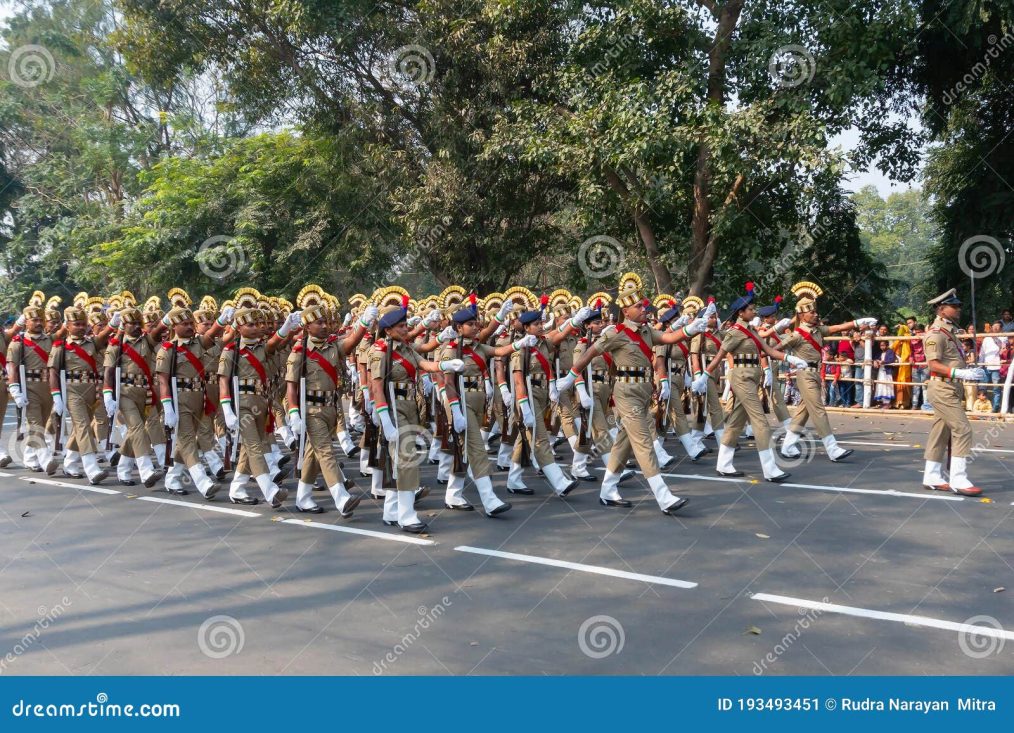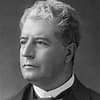
The Indian Army plays a pivotal role in key issues of interest to Australia.
The Indian Army plays a pivotal role in key issues of interest to Australia, particularly its frontline position in responding to Beijing at the disputed India-China border. With its substantial size, the Indian Army holds the potential for significant regional influence, including in Southeast Asia, a factor that Canberra needs to carefully consider.
Australia’s defence ties with India, Army-to-Army collaboration often takes a backseat due to the predominant focus on maritime concerns. Despite this, the Indian Army, as the largest and most influential military service in India, significantly shapes New Delhi’s defence perspectives, even in maritime matters, more than Australia typically acknowledges.
In contrast to Australia’s Defence Force, which consists of about 60,000 personnel across all services, the Indian Army alone boasts a strength of approximately 1.2 million. This not only offers capabilities but also an unparalleled capacity to conduct activities concurrently, surpassing most other defence partners.
Both nations stand to gain from leveraging the Indian Army’s existing defence engagement with Southeast Asia, either through direct cooperation or complementary regional initiatives. However, Australia faces a challenge due to the vast difference in scale, even if its capacity were to double overnight. The focus has been on building relationships at senior levels and niche skill development in exercises.
As collaboration has evolved, particularly with an impending appointment of an Australian army adviser in New Delhi, the emphasis should be on ideas spreading more effectively than personnel and assets. Australia, with its smaller army, can contribute and adapt ideas swiftly, exemplified by its ‘joint’ military approach.
Two instances highlight potential avenues for collaboration: firstly, sharing lessons from Australia’s journey towards a ‘joint’ military approach, and secondly, exploring contemporary recruitment, training, and retention strategies. India’s Agnipath scheme, aiming for a more potent force over sheer size, presents a unique opportunity for dialogue, despite its controversial aspects.
The Australian Army, with its proven ‘joint’ capabilities, can share valuable insights, recognizing that not all lessons may directly apply to India’s context. The recent Exercise AUSTRAHIND, incorporating joint elements, signifies a notable step in the defence relationship.
Another area of potential collaboration is in recruitment and training practices. New Delhi’s Agnipath scheme, although controversial, opens avenues for discussing flexible personnel management. As the ADF aims for a 30% increase in numbers by 2040, both armies can engage in fruitful discussions on training, inculcation, and fostering cohesion among recruits.
In maximizing the recently concluded memorandum of understanding between the Australian Army Research Centre and India’s Centre for Land Warfare Studies, exchanging papers and fellows annually ahead of formal Australia–India army-to-army staff talks can further enhance collaboration and idea sharing. This moment presents an opportune time for Australia to position itself as a source of innovative ideas in the defence partnership.



